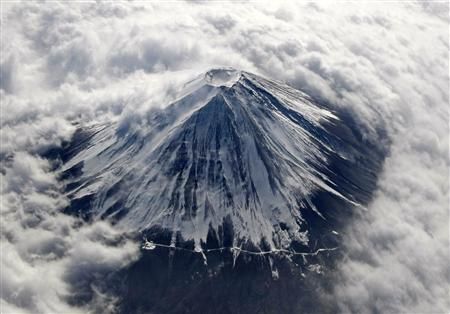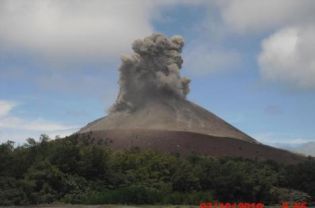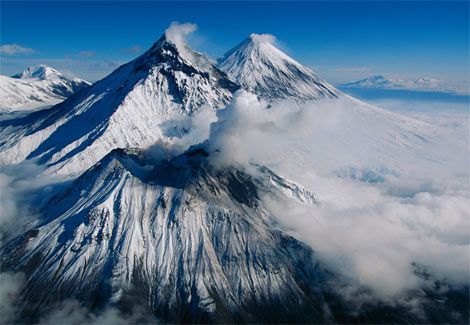Russia - A larger explosive eruption occurred at Bezyianni volcano in Kamchatka yesterday evening (1 Sep) around 19h15 GMT. The explosion produced an ash cloud rising to about 10 km altitude (flight level 340) and was first detected by Tokyo VAAC who sent out an ash-cloud aviation warning (major intercontinental routes pass this area).
The ash plume is rapidly drifting west and has already reached hundreds of kilometer length.
As of today (2 Sep), the eruption of the volcano is gradually finishing, but ash plumes are extending more 370 mi (600 km) to the east-north-east of the volcano. Ongoing activity could affect international and low-flying aircraft.
According to seismic data by KB GS RAS, the eruption began at 19:16 UTC on September 01, 2012. According to visual data, ash plumes rose up to 32,800 - 39,400 ft (10-12 km) a.s.l. at 19:30 UTC on September 01. According to seismic data, an explosive phase of eruption continued till 19:45 UTC on September 01, and later there was a volcanic tremor was registered about 2 hours.
There is no ash near Bezymianny volcano now, but ash plumes are extending to the east-north-east of the volcano about 550-600 km of the volcano (MTSAT at 2132 UTC on September 01).
Source: KVERT









